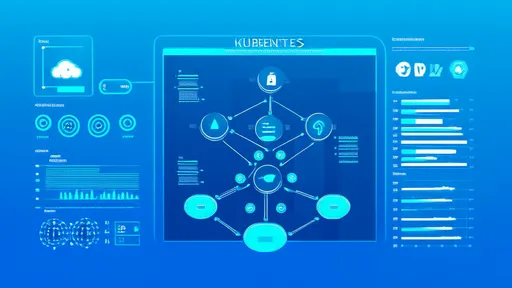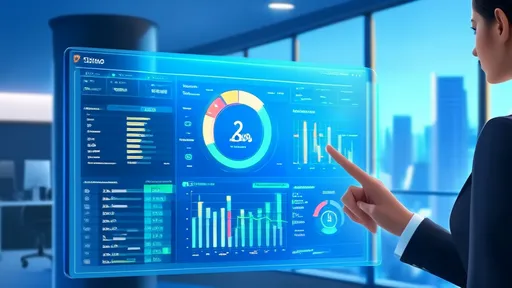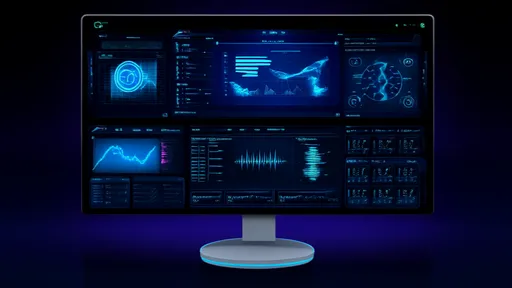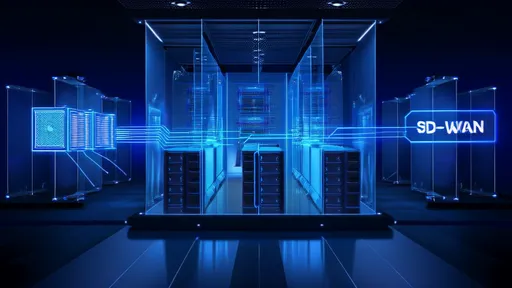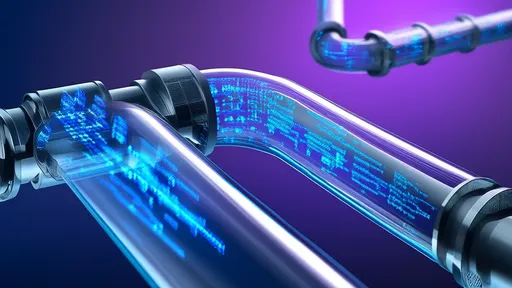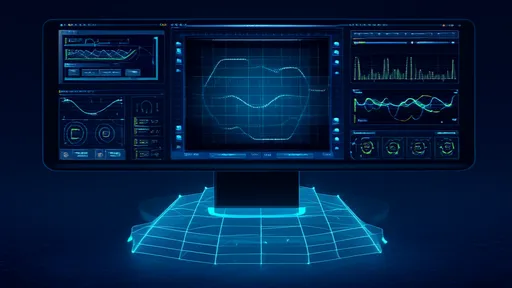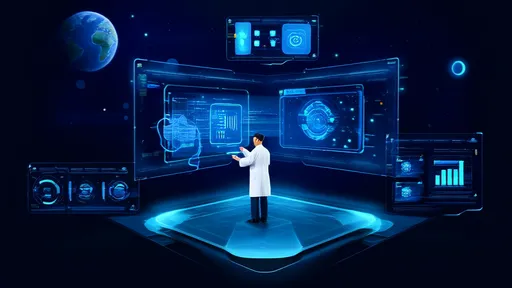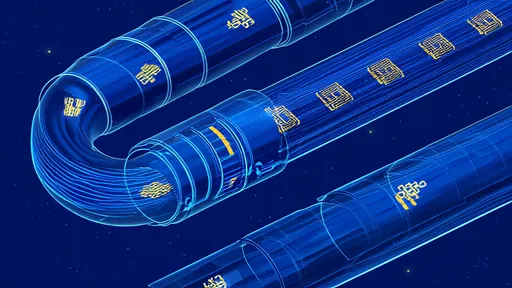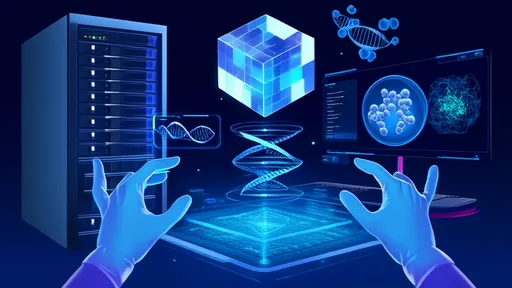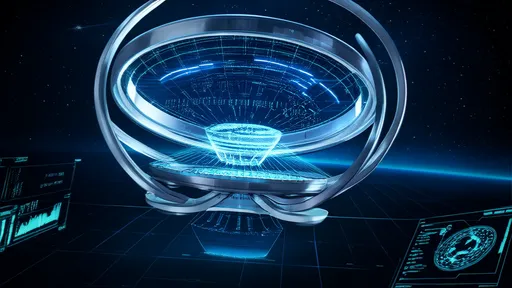The landscape of software testing is undergoing a profound transformation, driven by the relentless integration of artificial intelligence. One of the most impactful and rapidly evolving applications of AI in this domain is the automation of test case generation. This is not merely an incremental improvement to existing processes; it represents a fundamental shift in how development teams approach quality assurance, promising to accelerate release cycles while simultaneously enhancing the robustness and coverage of testing regimens.
Traditionally, test case creation has been a labor-intensive, manual endeavor. It relies heavily on the expertise and foresight of human testers to interpret requirements, anticipate potential failure points, and design scenarios that probe the boundaries of an application. This method, while valuable, is inherently constrained by human limitations. It is time-consuming, prone to oversight, and often struggles to keep pace with the rapid iterations of modern Agile and DevOps environments. The test suites generated can become brittle, failing to adapt as the application itself evolves, leading to a maintenance burden that grows with the codebase.
Enter artificial intelligence. AI-powered tools are now capable of analyzing application behavior, source code, user data, and even natural language requirements documents to autonomously generate comprehensive test cases. These systems employ a variety of sophisticated techniques, including machine learning models, genetic algorithms, and natural language processing. By learning from existing code and past test executions, these models can predict areas of the application that are most susceptible to defects or have undergone significant changes, thereby prioritizing test generation for maximum risk mitigation.
The mechanics behind this automation are as fascinating as the results. One prominent approach involves model-based testing, where the AI first constructs a behavioral model of the application under test. This model, which can be generated by analyzing user flows, API specifications, or GUI interactions, serves as a blueprint. The AI then uses algorithms to systematically traverse this model, generating a vast array of test cases that cover every possible path, state transition, and input combination, many of which a human tester might never conceive.
Another powerful technique leverages reinforcement learning. In this setup, the AI agent learns to interact with the application much like a human user would. Through millions of simulated interactions, it learns which actions and sequences of actions are most likely to uncover bugs or cause crashes. The agent is rewarded for finding defects, which incentivizes it to explore novel and unconventional pathways through the software, effectively crowdsourcing creativity from machine learning algorithms to find edge cases that defy conventional testing wisdom.
The benefits of adopting AI for this purpose are substantial and multi-faceted. The most immediate advantage is a dramatic increase in efficiency and speed. What once took QA engineers days or weeks to draft can now be accomplished in a matter of hours. This allows testing to be integrated earlier and more frequently into the development lifecycle, a core tenet of the Shift-Left testing philosophy. Developers can receive near-instant feedback on their commits, enabling them to fix issues before they propagate through the codebase.
Furthermore, AI-generated test cases boast superior coverage and depth. Humans naturally develop testing biases, often focusing on happy paths or familiar scenarios. AI has no such biases. It can impartially generate tests for an enormous matrix of parameters, including invalid, unexpected, and boundary-condition inputs. This leads to the discovery of a wider spectrum of bugs, from simple functional errors to complex, multi-step integration flaws, ultimately resulting in a more stable and reliable product for the end-user.
Perhaps one of the most compelling long-term benefits is the reduction in maintenance overhead. As an application's features change, its user interface evolves, and its APIs are updated, traditional manual test suites require constant and costly refactoring. AI-driven test generation systems can be designed to dynamically adapt. By continuously analyzing the latest version of the application, they can automatically update their internal models and regenerate relevant test cases, ensuring that the test suite remains relevant and effective without manual intervention.
Despite its promise, the path to widespread adoption is not without its challenges. A significant hurdle is the explainability of AI decisions. When a human tester writes a test case, the rationale is clear. When an AI generates a complex, seemingly illogical test that uncovers a critical bug, understanding the "why" behind it can be difficult. This "black box" problem can make developers hesitant to trust the output. Overcoming this requires developing AI systems that can provide clearer insights and traceability for their generated test logic.
Another critical consideration is the quality of the training data. The performance of an AI model is directly contingent on the data it learns from. If fed with poor-quality existing tests, incomplete requirements, or biased user data, the generated test cases will reflect and potentially amplify those flaws. Organizations must invest in curating high-quality, comprehensive datasets and establishing robust feedback loops where human testers can validate and correct the AI's output, continuously refining the model's accuracy.
Looking ahead, the future of AI in test case generation is poised to become even more integrated and intelligent. We are moving towards a paradigm of self-healing test automation, where AI will not only generate tests but also monitor their execution. When a UI element changes or a locator breaks, the AI will automatically diagnose the issue and repair the test script without human involvement. The next frontier involves generative AI models that can understand plain English descriptions of a feature and instantly produce a corresponding set of test cases, further democratizing testing capabilities for non-technical stakeholders.
In conclusion, the automation of test case generation through artificial intelligence is far more than a simple productivity tool. It is a strategic capability that is reshaping the economics and effectiveness of software quality assurance. By automating the tedious, augmenting the creative, and uncovering the unpredictable, AI is empowering development teams to build better software, faster. While challenges around trust and data quality persist, the trajectory is clear: AI is becoming an indispensable partner in the tester's toolkit, heralding a new era of intelligent, adaptive, and relentless software testing.
In today's rapidly evolving cybersecurity landscape, organizations face increasingly sophisticated threats that traditional perimeter-based defenses struggle to contain. The concept of microsegmentation has emerged as a critical component of zero trust architecture, fundamentally transforming how enterprises protect their digital assets. Unlike conventional security approaches that focus on building strong outer walls, microsegmentation operates on the principle that no entity—whether inside or outside the network—should be automatically trusted.
In the ever-evolving landscape of container orchestration, Kubernetes has firmly established itself as the de facto standard for managing containerized applications at scale. One of its most powerful features is the ability to automatically scale applications in response to fluctuating demand, ensuring optimal performance while controlling costs. However, implementing an effective autoscaling strategy requires more than just enabling the feature; it demands a thoughtful approach grounded in proven best practices.
In today's digital landscape, cloud computing has become the backbone of modern business operations, offering unparalleled scalability and flexibility. However, this convenience comes at a cost—literally. As organizations increasingly migrate to the cloud, managing and controlling cloud expenditures has emerged as a critical challenge. Many companies find themselves grappling with unexpected bills, wasted resources, and a lack of visibility into where their cloud dollars are going. This is where FinOps, a cultural practice and operational framework, steps in to bring financial accountability to the world of cloud spending.
The cybersecurity landscape continues to evolve at a breakneck pace, with containerization sitting squarely at the heart of modern application development. As organizations increasingly deploy applications using technologies like Docker and Kubernetes, the security of the underlying container images has become a paramount concern. This has spurred the development and maturation of a robust market for container image vulnerability scanning tools, each promising to fortify the software supply chain. A comprehensive evaluation of these tools reveals a complex ecosystem where capabilities, integration depth, and operational efficiency vary significantly.
As enterprises continue their digital transformation journeys, the debate between SD-WAN and SASE for hybrid cloud connectivity has become increasingly prominent. These two technologies represent different generations of networking solutions, each with distinct approaches to addressing the complex challenges of modern distributed architectures. While SD-WAN emerged as a revolutionary improvement over traditional MPLS networks, SASE represents a more comprehensive framework that integrates networking and security into a unified cloud-native service.
The evolution of cloud-native databases has entered a new phase with the rise of serverless architectures. What began as a shift from on-premise data centers to cloud-hosted instances has now matured into a more dynamic, cost-efficient, and scalable paradigm. The serverless model represents a fundamental rethinking of how databases are provisioned, managed, and utilized, moving away from static resource allocation toward an on-demand, pay-per-use approach. This transformation is not merely a technical upgrade but a strategic enabler for businesses aiming to thrive in an unpredictable, data-intensive landscape.
In the rapidly evolving landscape of cloud-native computing, the demand for robust observability has never been more critical. As organizations migrate to dynamic, distributed architectures, traditional monitoring tools often fall short in providing the depth and real-time insights required to maintain system reliability and performance. Enter eBPF—extended Berkeley Packet Filter—a revolutionary technology that is redefining how we achieve observability in cloud-native environments. Originally designed for network packet filtering, eBPF has evolved into a powerful kernel-level tool that enables developers and operators to gain unprecedented visibility into their systems without modifying application code or restarting processes.
The landscape of enterprise IT has undergone a seismic shift with the widespread adoption of multi-cloud and hybrid cloud strategies. While this approach offers unparalleled flexibility, cost optimization, and avoids vendor lock-in, it introduces a formidable layer of complexity. At the heart of this complexity lies the significant challenge of managing compatibility across disparate cloud environments. Cross-cloud management platforms have emerged as the central nervous system for this new reality, but their effectiveness is directly tied to their ability to navigate a labyrinth of compatibility issues.
The economic implications of serverless computing have become a central topic in cloud architecture discussions, shifting the conversation from pure technical implementation to strategic financial optimization. As organizations increasingly adopt Function-as-a-Service (FaaS) platforms, understanding the nuanced cost structures and optimization opportunities has become critical for maintaining competitive advantage while controlling cloud expenditures.
The landscape of software development has undergone a seismic shift with the proliferation of cloud-native architectures. As organizations race to deliver applications faster and more reliably through CI/CD pipelines, a critical challenge has emerged: security. The traditional approach of bolting on security measures at the end of the development cycle is no longer tenable. It creates bottlenecks, delays releases, and often results in vulnerabilities being discovered too late, when remediation is most costly and disruptive. In response, a transformative strategy known as "shifting left" has gained significant traction, fundamentally rethinking how and when security is integrated into the software development lifecycle.
The landscape of software testing is undergoing a profound transformation, driven by the relentless integration of artificial intelligence. One of the most impactful and rapidly evolving applications of AI in this domain is the automation of test case generation. This is not merely an incremental improvement to existing processes; it represents a fundamental shift in how development teams approach quality assurance, promising to accelerate release cycles while simultaneously enhancing the robustness and coverage of testing regimens.
In the ever-evolving landscape of artificial intelligence, voice generation technology has emerged as one of the most captivating and, at times, unsettling advancements. The ability to clone and generate highly realistic human voices is no longer confined to the realms of science fiction; it is a present-day reality with profound implications. This technology, often referred to as voice cloning or neural voice synthesis, leverages deep learning models to analyze, replicate, and generate speech that is indistinguishable from that of a real person. The process begins with the collection of a sample of the target voice, which can be as short as a few seconds or as long as several hours, depending on the desired fidelity and the complexity of the model being used.
The semiconductor industry stands at an inflection point where traditional chip design methodologies are increasingly strained by the complexity of modern architectures. As Moore's Law continues its relentless march, the once-manual processes of floorplanning and routing have become prohibitively time-consuming and error-prone. In this challenging landscape, reinforcement learning has emerged not merely as an experimental approach but as a transformative force in automating and optimizing chip layout.
In laboratories and research institutions across the globe, a quiet revolution is underway as artificial intelligence becomes an indispensable partner in scientific discovery. What was once the domain of human intuition, years of trial and error, and painstaking data analysis is now being accelerated at an unprecedented pace by machine learning algorithms and computational power. This transformation is not about replacing scientists but empowering them to ask bigger questions and uncover deeper truths about our universe.
In the ever-evolving landscape of artificial intelligence, a quiet revolution is taking place that promises to fundamentally reshape how machines understand the world. For decades, the field has been dominated by correlation-based approaches—powerful pattern recognition systems that excel at finding statistical relationships in data but fall painfully short when it comes to true understanding. The emerging discipline of causal machine learning seeks to change this paradigm, moving beyond mere correlations to uncover the actual mechanisms that drive phenomena in the real world.

